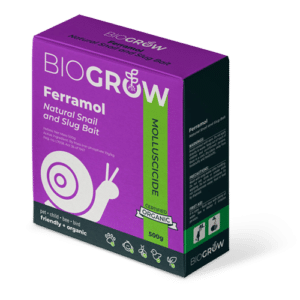Caring for the cymbidium orchid
Indoor plant tips

The cymbidium orchid is regarded as the queen of winter indoor plants – their glorious blooms provide months of colour from now until September. They are easy to grow, relatively foolproof and exceptionally generous plants that will reward you with flowers year after year. To get the best out of your orchid, follow our guide to cymbidium care.
Location
Place your cymbidium orchid in a protected spot away from direct sun and wind. It will thrive in an area which is warm, receives bright light and is well ventilated. If it gets too little light, it will not flower well.
In winter, during the flowering period, place it indoors or on an enclosed patio in a spot that receives morning sun and late-afternoon light. Come spring, it can be placed under trees that offer filtered light or on a shady patio.
If you’re keeping your orchid indoors, place next to a window that gets bright light, but ensure there are no draughts. Gardening expert Joan Wright says, “The colour of the leaves is a good indication of the correct light. Leaves should be slightly yellow-green; deep green leaves mean there is insufficient light. Green flowers need more shade than pink or red flowers.”
Temperature and humidity
Cymbidium orchids will tolerate temperatures as low as -2°C, but if your garden receives heavy frost you should protect the plant. In frost-free areas of the country, the cymbidium plant is perfect for patios, but subtropical areas are too warm for them.
Humidity is very important to cymbidiums: these orchids start to feel uncomfortable when the humidity drops below 40%. The answer is to place the plant on a tray of pebbles and water – the plant will appreciate its own personal microclimate. If the temperature exceeds 28°C, the plants will benefit from a misting on the leaves.
Feeding
It is best not to overfeed cymbidium orchids. Feed them with a balanced orchid fertiliser or slow-release fertiliser at the recommended strength in spring, and a liquid fertiliser during the growing season in winter.
Watering
Water the cymbidium orchid when the potting medium is just dry (never let it dry out completely). As a general guide, water two to three times a week in summer (more if the weather is extremely hot), and once a week in winter. In spring and autumn, water about once or twice a week. It is best to water in the morning and, if possible, use rainwater.
Repotting
It is best to repot the cymbidium orchid between October and December. This is also an opportunity to divide bigger plants and plant into separate pots. Avoid dividing the plant too often, as flowering will be stunted. Each division must have at least three mature bulbs with leaves. Use a mixture of sieved bark and marble chips as a potting medium (never use garden soil) and enlarge the standard drainage holes found at the base of most plastic pots. Avoid compressing the medium and water generously after potting.
Pests and disease
When growing outdoors, plant your cymbidium orchids off the ground and in containers, as slugs and snails are their worst enemies. Regular use of snail bait (a small quantity around the plants every two weeks during the flowering season) will help control these pests.
Scale insects can be treated with Chlorpyrifos twice a week at an interval of two to three weeks. Red spider mites can be treated with spider-mite spray.
In the case of rot and fungal disease, the plant should be unpotted, cleaned and all the diseased roots trimmed. The wounds should be dusted with sulphur and the plants repotted in new potting mix.
You might also like
Shop online
-
FERRAMOL 500G OR 1KG
- R114.99 – R199.99
- Select options This product has multiple variants. The options may be chosen on the product page Learn More
-
FENDONA 50ML
- R179.99
- Add to cart Learn More
-
- Sale!
MAXI ADULT 15KG
- Original price was: R1,634.99.R1,469.99Current price is: R1,469.99.
- Add to cart Learn More




